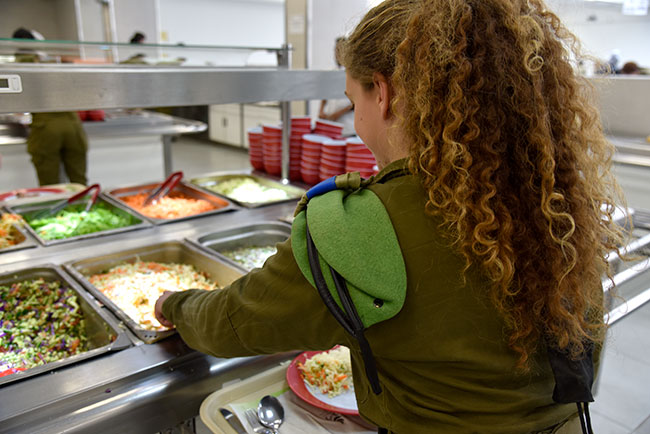NIS 7.1 million
How Much Food Can be Rescued?
In terms of food rescue, the most important component is edible foods (fit for consumption with nutritional and health benefits) that do not reach the consumer. There are various reasons for loss in each of the stages of the food value chain. The common denominator is lack of economic viability for food producers (i.e. farmers, manufacturers, distributors, etc.) to invest additional resources in the more advanced stages of production and distribution.
Reducing food waste, either by prevention or by rescuing surplus, is a primary public objective and a top priority on the international agenda. The estimated amount of food fit for rescue is derived from the value chain model designed specifically for the food industry. Every type of food and its loss, at each stage of the value chain, was analyzed and classified as rescuable or un-rescuable (unfit for consumption).
It is important to note that classification of rescuable foods does not address economic viability of rescue, but rather considers food safety and the logistical ability to use the surplus food to feed people.
Value of Rescuable Food in the Food Chain
(In NIS millions, rounded for ease of presentation)
